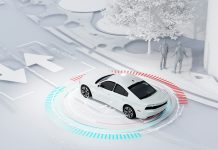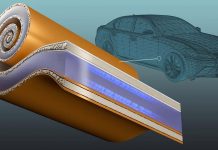
A new study has shown that when drivers are distracted, they will be 29 times more likely to have a car accident in a highway work zone.
The distraction can come from many things, including a phone call, a text message, or just a passenger.
The study was conducted by a team from the University of Missouri College of Engineering.
Previously, scientists have examined the car crash in high way work zones. But they did not look at detailed information about driver behavior prior to a crash.
In the present study, the researchers examined naturalistic driving study data that includes information about all factors contributing to a crash.
The factors include driver, vehicle, roadway, and environmental factors.
They analyzed data from the Transportation Research Board’s second Strategic Highway Research Program’s Naturalistic Driving Study.
The data were from 3,000 drivers traveling more than 50 million miles from 2006-2015.
They found when drivers didn’t pay attention to their driving for any length of time, they were 29 times more likely to have a collision or near collision in a highway work zone.
The researchers explain that a vehicle traveling at 55 mph can cover a distance greater than a football field in five seconds.
A text message may take about five seconds to read, and this can distract the driver’s attention for the length of a football field.
The results suggest that texting while driving is very dangerous, and may even be fatal in a highway work zone.
The findings support the recommendations, which include better public education, laws to ban texting and driving, and policies that deter driver distractions.
The results may help develop new technology in the future, such as driverless cars.
The study lead author is Praveen Edara, a professor of civil and environmental engineering.
The research is published in Transportation Research Record: Journal of the Transportation Research Board.
Copyright © 2019 Knowridge Science Report. All rights reserved.



